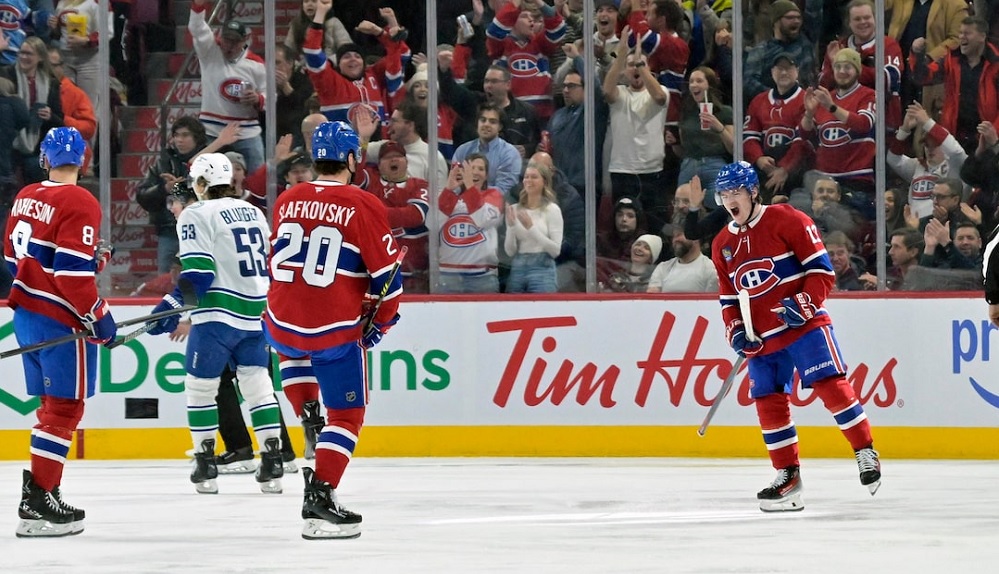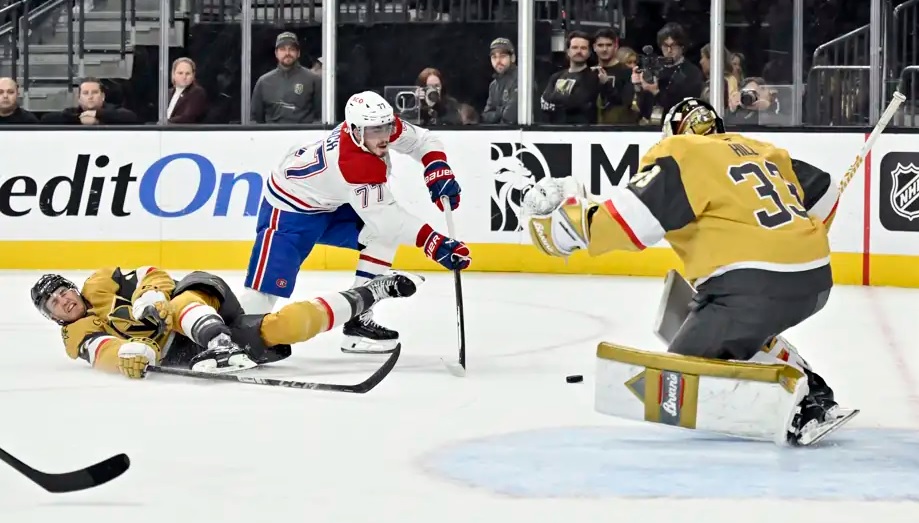HabsWorld.net --
Today’s NHL players are a totally different breed. They’re bigger, faster and stronger. They can score goals and hit hard, like you wouldn’t believe it. Hits to the head have been a hot topic of conversation not only since the beginning of the season but for the past few years. Do you remember Chris Neil’s hit on Chris Drury? Cam Janssen’s hit on Thomas Kaberle? How about Scott Stevens’ hit on Eric Lindros? Hits to the head have always been in part of the game, just like fighting. Since the lock-out, the game has changed. We don’t see as much obstruction and interference and that may be a big reason why blows to the head have become more frequent and more violent. But the discussion should not be “why hits to the head have become an issue.” The discussion should be: what is the NHL going to do about it?
A few years ago the Ontario Hockey League banned head shots. Their rulebook states:
“A minor penalty shall be assessed to any player who checks an opponent to the head area.” They also define a check to the head as: “the act of checking an opponent to the head in any manner”.
By out ruling hits to the head the OHL made a statement. They said we care about the safety of our players. This might only cut down about 3 or 4 concussions a year, but how can anyone say that wouldn’t be worth it?
But before changing the rulebook, the NHL should start by applying it. The NHL recently made a controversial decision when they decided not to suspend Mike Richards after his hit on David Booth. Even though Richards was given a game misconduct for attempt to injure, the league ruled the hit clean because he used his shoulder and his feet did not leave the ice. A week later, Andrew Ladd leveled Matt D’Agostini almost knocking him unconscious. D’agostini suffered a concussion and Ladd has yet to be suspended.
So out of curiosity, I decided to look-up the NHL rule book regarding charging penalties. This is their definition:
43.1 Charging – A minor or major penalty shall be imposed on a player or goalkeeper who skates or jumps into, or charges an opponent in any manner.
Charging shall mean the actions of a player or goalkeeper who, as a result of distance traveled, shall violently check an opponent in any manner. A “charge” may be the result of a check into the boards, into the goal frame or in open ice.”
So the rulebook already states that a player cannot hit an opponent in a violent manner. However, it seems to be general consensus that a body check will be deemed clean as long as it is done with the shoulder and that there is no jumping motion. I believe the charging rule was made to protect players when they are vulnerable. Although each player is responsible for protecting themselves, there are times during a game where one can’t help being exposed to injury. So why is the league allowing those kind of hits?
Mike Richards is a player that every team would love to have. He can score goals, hit hard and even drop the gloves. He is an NHL icon. One thing is for sure. As long as we see those kinds of violent hits, a lot of eyes will be on the NHL. Whether it’s good or bad publicity, it’s still publicity. And what may be bad for some, may be good for others.

